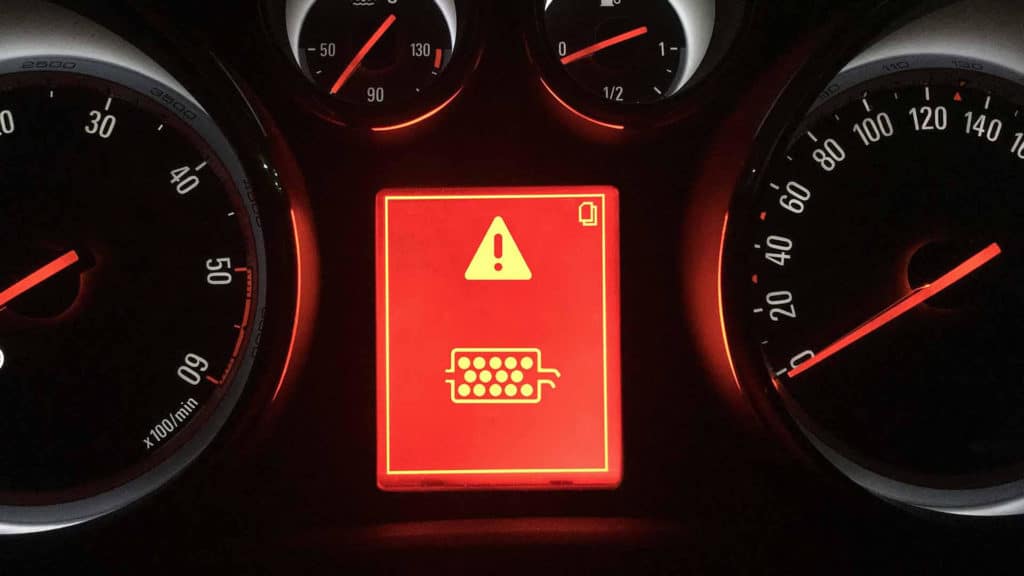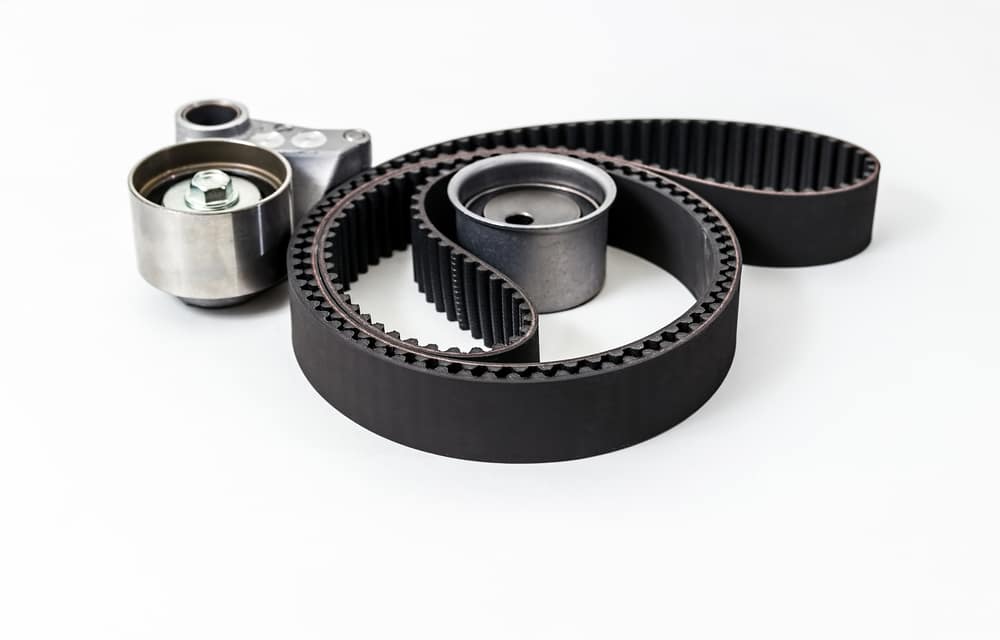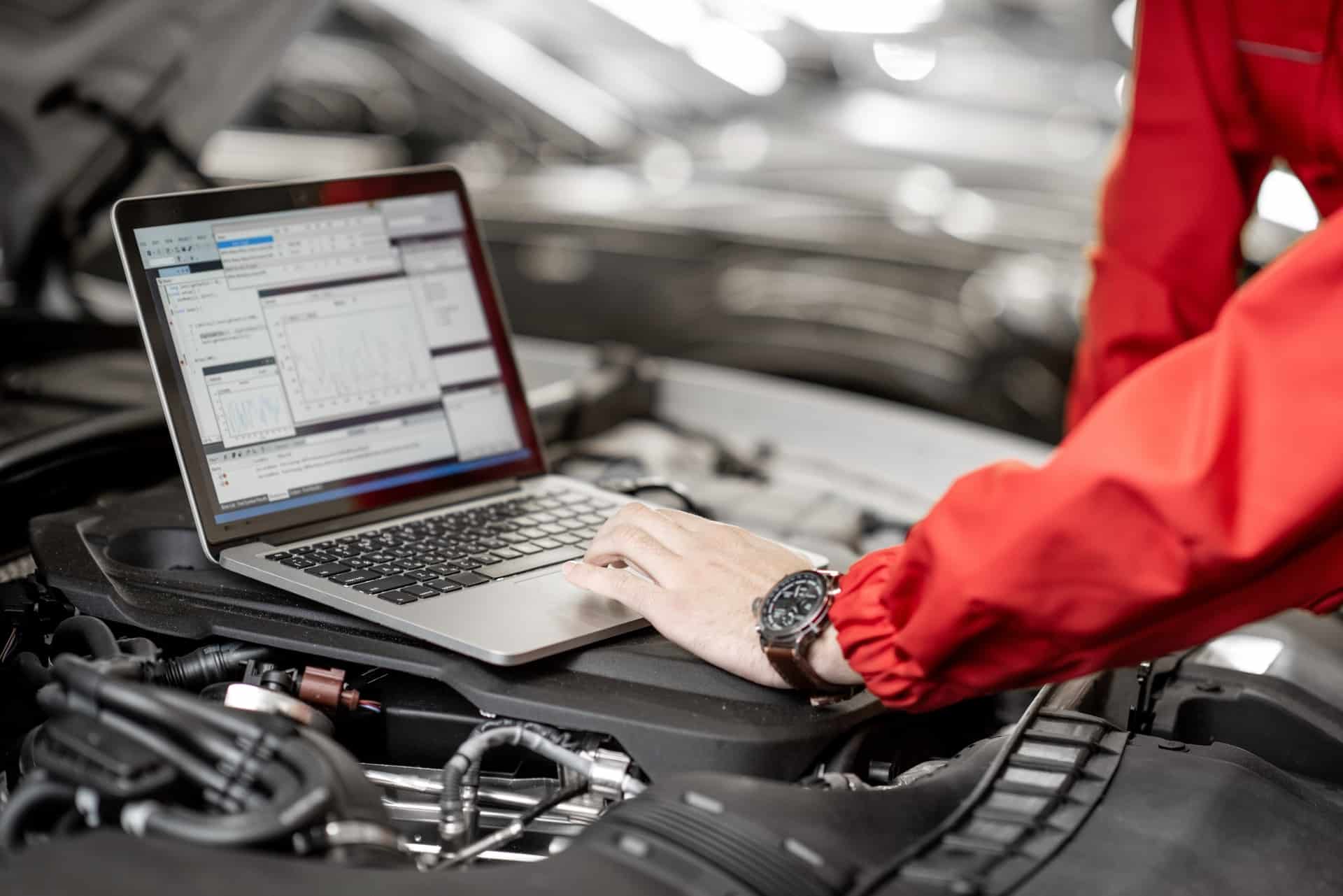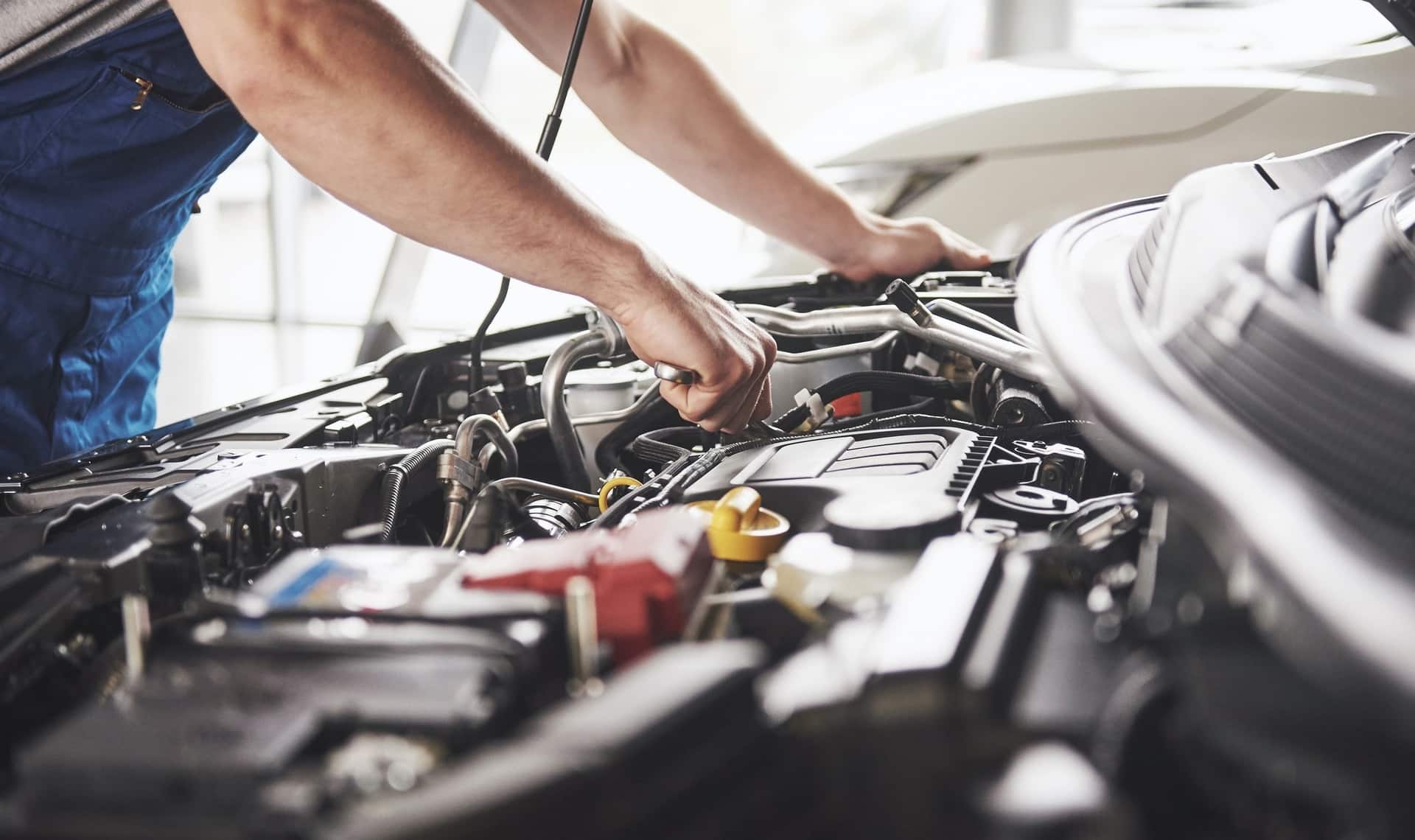At Fitch Autos we’re keen to ensure you have trouble free motoring in a car you can trust. We receive a fair number of enquiries for DPF faults so thought it’d be a good idea to give you the information you need to keep yours healthy.
When you have a problem with the Diesel Particulate Filters (DPF) fitted to your car the chances are you will end up facing a hefty repair bill.
If you are one of the lucky ones whose DPF has never ever been clogged, you probably don’t even realise you have one.
Watch out though! When DPFs develop problems, you’ll find out about it in an expensive way.
What is a DPF?
A DPF is also known as a soot trap. It’s a filter that captures and stores your exhaust’s soot and reduces emissions from diesel vehicles.
By reducing harmful exhaust emissions a DPF also helps to prevent all that billowing black smoke that used to be pumped out of the back of older diesel cars.
Whatever your car, the way a DPF works is similar: the exhaust gases travel through the DPF leaving the large soot particles behind. These larger particles are what cause problems when the filter becomes blocked with soot. In a worst case scenario, your engine stops running and you are left with a sizeable repair bill. It could easily amount to thousands of pounds.
Because DPFs have finite capacities, they need to be cleared out by burning off the soot at temperatures that are high enough to convert the soot into much smaller ash particles that can be expelled from the exhaust system.
Common Causes of Failure?
DPF issues tend to arise if this cleaning process or ‘regeneration’ process is disrupted. To make sure regeneration takes place, most motor manufacturers recommend driving the car for in excess of 15 minutes and at more than 40mph. When this is done at intervals of a few hundred miles it should regularly clear the filter. You’ll find the specific instructions for your vehicle in the driver’s handbook.
If your DPF can’t be passively regenerated, your car’s computer will take the necessary action to stop the filter clogging up. If it detects the filter is liable to be blocked, the computer will raise the exhaust gas temperature to trigger regeneration. It takes between 10 and 15 minutes to complete. During this period if your car has an engine stop-start system it’s likely it will deactivate.
If you frequently have to do lots of short, town journeys, so you reach your destination prior to completion of the regeneration and the process is interrupted, don’t be surprised when the DPF warning light comes on.

If this happens, to give the DPF a chance to regenerate take the car for a drive on a free-flowing road like a dual carriageway or motorway and continue driving for no less than 15 minutes.
Don’t ignore the warning light and continue driving slowly in stop-start traffic because it’s almost guaranteed that other warning lights will come on and your car is likely to go into a limping mode to automatically prevent further engine damage. If an affected car is left, the DPF will fail and need either to be cleaned or replaced.
If replacement is the only option, beware because most manufacturer warranties won’t cover the cost if the problem is caused by driving style and not the filter itself. This is when you need to be prepared for footing a big four-figure bill.
Why is a DPF required?
It is all but mandatory under the Euro 5 legislation that came into effect 10 years ago. The rules determine an exhaust’s emissions, particularly with regard to CO2.
As a result, it’s illegal to drive any car that won’t meet its emissions standards without a DPF. You can’t duck the responsibility because since February 2014 checking a DPF is present became part of the MOT test procedure.
How To Avoid A Big Bill?
So… if your DPF light is on and remains lit after you’ve followed the instructions in your handbook for regeneration (driving on a dual carriageway etc), what next?
We’re keen to keep any remedial work to a minimum which is why accurate diagnosis is essential. There are a number of subsystems that are required for efficient regeneration (glow plugs, additive injectors etc), it’s very common for one of these to have caused the fault.Once we’ve found the root cause we can then assess if cleaning the DPF is suitable.
At Fitch Autos we have a lot of experience in DPF repairs. You’ll be guaranteed a high level of workmanship and great value.
Call today with you DPF faults. We’re here to help.


